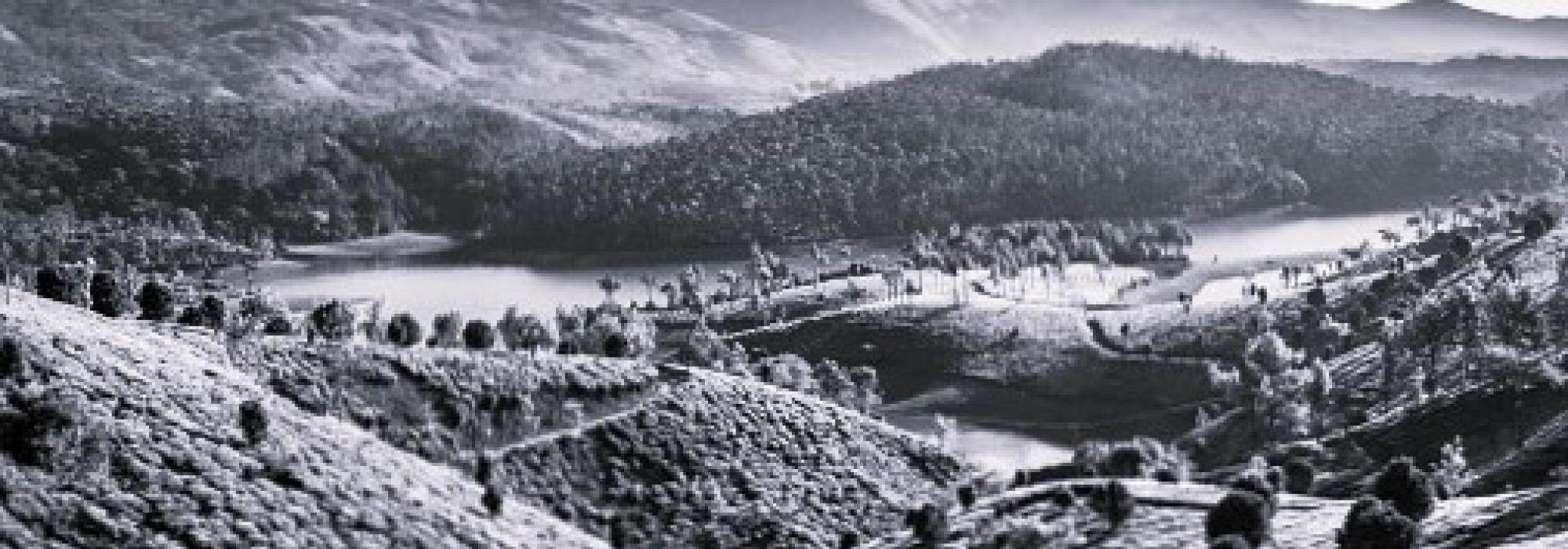Let us look at the Indian theatrical tradition with the above perspective in mind; it will help us gain new and novel insights.
Daśa-rūpakas[1]
Sage Bharata has classified theatrical presentations – rūpakas – into ten (or eleven) genres. They are – nāṭaka, prakaraṇa, samavakāra, ḍima, vyāyoga, aṅka (utsṛṣṭikāṅka), īhāmṛga, prahasana, vīthī, bhāṇa, and nāṭikā (the last kind, nāṭikā, is usually considered a genre of upa-rūpaka). The first two genres, i.e., nāṭaka and prakaraṇa are holistic when compared to the rest. They contain all the sandhis, sandhyaṅgas, arthaprakṛtis, and avasthās.[2] In the other genres of rūpaka, one or more features of the triad formed by sandhi, arthaprakṛti, and avasthā are truncated. In fact, such truncation becomes the special feature of the particular form of rūpaka; it becomes the defining property. The daśa-rūpakas, in fact, reflect the innate tendency of Indian aestheticians including Bharata, his ancestors, and successors, to acknowledge and formalise the tastes of different kinds of people; these genres of theatrical presentation are meant to cater to the needs of people of different tastes. Respecting and catering to each one’s preference is a signature feature of sanātana-dharma and daśa-rūpakas are, after all, products of this grand culture. We should always keep in mind the all-accommodative nature of sanātana-dharma – it recognises and nourishes the positive aspects of life and the world and helps overcome the shortcomings.
Nāṭaka and prakaraṇa are meant for the entertainment of erudite connoisseurs; such connoisseurs always have an eye for wholesomeness, profundity, and sublimity. However, it does not mean that others cannot enjoy or appreciate these genres. The primary purpose is to entertain matured connoisseurs. While nāṭaka borrows its theme from popular purāṇas and itihāsas[3], prakaraṇa relies upon the contemporary socio-cultural environment for its raw material[4]; the playwright of a prakaraṇa may also create a storyline out of his talent (kavi-kalpita-vastu). While this is the primary difference between the two important genres, all other parameters are more or less the same. Both have the capacity to evoke Rasa, through the path of dhvani and have noble characters. The plot and the narration style are similar, and are rooted in fundamental human values. Both genres are filled with vakrokti – oblique expression, which helps kindle dhvani.
Ḍima and samavakāra are meant to entertain audience which is interested in a devotional narrative, that is filled with the stories of the devas and contains magical elements. Both are filled with super-human endeavours resulting in awe and wonder. Devas, rākṣasas, yakṣas, and gandharvas play prominent roles. Raudra and bhayānaka rasas dominate ḍima, while vīra and adbhuta are important in a samavakāra. While in a nāṭaka, devas and dānavas are humanized and the play abounds in soft emotions, in ḍima and samavakāra, devotion and fear are evoked in the audience because of the rustic play of super-human and inhuman elements. Rasa forms the core of a nāṭaka, while devotion and sentimentalism form the nucleus of ḍima and samavakāra; nevertheless, they are all parts of the sanātana-dharma. Nāṭaka and prakaraṇa dive deep into fundamental human emotions and provide the connoisseurs with sublime aesthetic experience, while ḍima and samavakāra upload the beliefs and customs of people. In short, nāṭaka and prakaraṇa are essentially tooted in adhyātma (the realm of universal human emotions), while ḍima and samavakāra lay greater emphasis on adhi-daiva (the realm of faith and belief).
Vyāyoga is a genre of rūpaka that is filled with wars, combats and ‘action’. It contains graphic presentations of hot-blooded men and is rooted in vīra, adbhuta, bībhatsa, and bhayānaka rasas. Aṅka (utsṛṣṭikāṅka) portrays the inevitable aftermath of such warfare. Death, pain, sorrow, and lamentation fill the play. While in a vyāyoga, male characters play a predominant role, in an aṅka, female characters come to the foray. Connoisseurs who have affinity for karuṇa-rasa, may enjoy the presentation of aṅka.
Īhāmṛga literally means the search (mṛga) for the fulfilment of desire (īhā). It can be termed as a quest for fulfilment of a wish or a desire. The plot of īhāmṛga is usually based on a case of abduction. The hero gets into valorous investigation and search. The presentation is filled with vīra and adbhuta rasas; the intellect dominates, as the story may contain elements of suspense and kindles curiosity in the audience. Vyāyoga, aṅka, and īhāmṛga have undertones of adhi-bhūta (material world) with some traces of adhi-dhaiva.
This series of articles is authored by Shatavadhani Dr. R Ganesh and have been rendered into English with additional material and footnotes by Arjun Bharadwaj. The article first appeared in the second edition of the anthology Prekṣaṇīyaṃ, published by the Prekshaa Pratishtana in December 2022.
[1] In Abhinava-gupta’s view, visual representation of episodes of a story constitutes a rūpaka; Bharata calls itivṛtta the śarīra (body) of nāṭya (Nāṭyaśāstra, Chapter 19 – Sandhi-nirūpaṇam, verse 1); Abhinava-gupta extends the analogy and says, while itivṛtta is the śarīra (body), Rasa is the Ātmā (soul) of nāṭya
[2] The Appendix of this essay provides detailed description of these terms.
[3] A nāṭaka is required to possess a prasiddha-vastu, i.e., a theme that is already popular in the society. This reduces the effort in establishing characters and storyline; however, the theme and characters need to be handled with care, such that there is no digression from the community consciousness; conscious connoisseurs enjoy the manner in which the story is creatively presented. The hero is dhīrodātta, a rājarṣi, a divine or a semi-divine character; śṛṅgāra and vīra are the prominent rasas; as the nāyaka is well known and respected by the society at large, his emotional landscape and pursuit of values has an amplified effect on the audience.
[4] The primary characters in a prakaraṇa are brāhmaṇa, minister or a trader; the heroine maybe of a noble birth or a prostitute; at times, both kinds of heroine may be present.














































